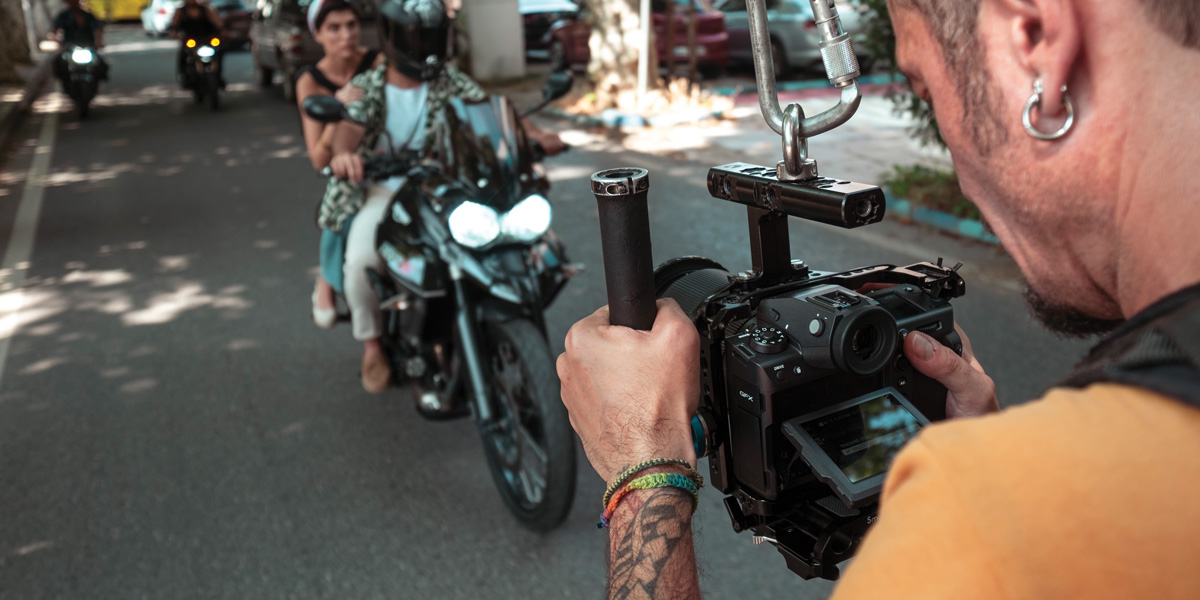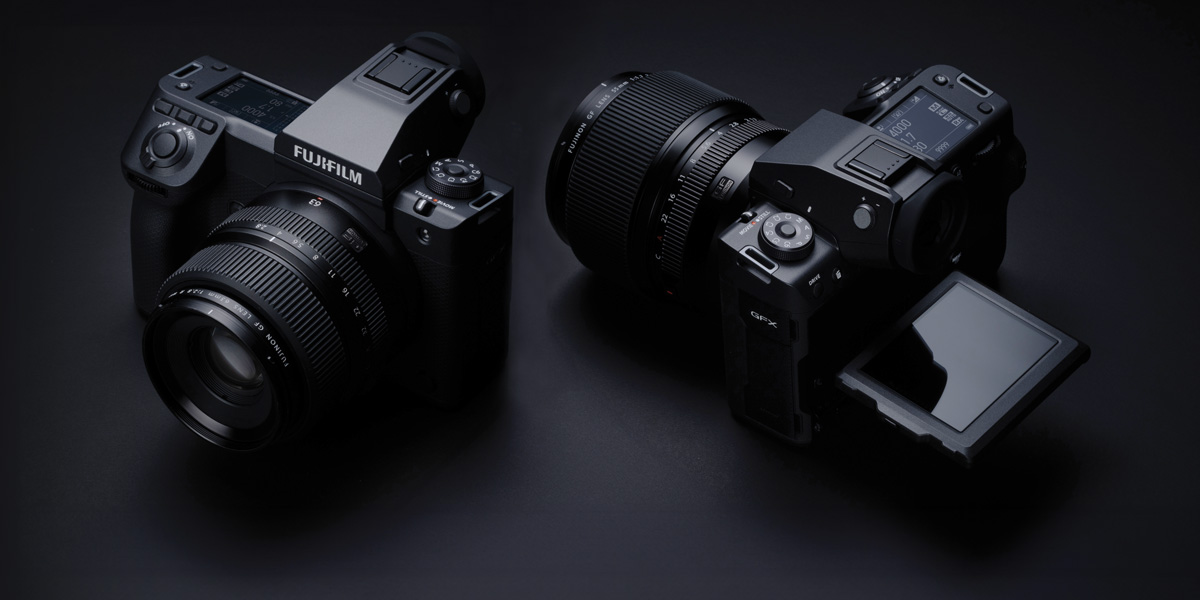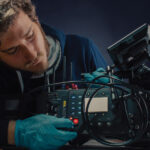
Fujifilm hits the big time
Posted on Jan 26, 2024 by Samara Husbands
The new GFX100 II might be compact and lightweight, but it offers a huge sensor and heavyweight filmmaking spec
Advertisement feature
When seriously good cinematographers get the call to shoot a mega-budget film, it’s no surprise the cameras chosen most often are the ones with the largest sensors. That’s because of the extremely narrow depth-of-field that can be achieved, granting the definitive cinematic aesthetic.
If you want to give your films this signature perspective, there is simply no other way of doing it. However, for the vast majority of creatives, this is out of scope in terms of budget – even as a rental option. That’s no longer the case, though, thanks to Fujifilm’s new GFX100 II.
It may be the sixth model in the company’s large format GFX System, but it’s the first to offer the high-end moviemaking spec that makes it a viable option for indie production companies. The video functionality has been reimagined from the ground up to make this the first affordable, super-sized-sensor camera ideal for even modest productions.
At the heart of the GFX100 II is the newly developed, 102-megapixel CMOS II sensor. This measures 43.8×32.9mm, offering a 55mm diagonal to deliver a huge variety of lens options for ultimate quality.
Fujifilm offers an increasingly large range of its own native GF Mount lenses, which take advantage of the advanced autofocus capability of the GFX100 II. But industry-standard PL, LPL and many other lens mounts can be used via adapter thanks to the camera’s shallow flange depth.
Different aspect ratios can be selected in camera to suit, including 35mm and Fujifilm’s legendary Premista. And there is also an anamorphic setting with a choice of in-camera de-squeeze monitoring options.
A wide choice of recording resolution options can be found, too – ranging from Raw output for ultimate control in post to camera-to-cloud integration for instant, speedy workflows.
To squeeze every bit of quality from the camera, the GFX100 II enables 4K/60p in 4:2:2 10-bit to be captured internally at almost full sensor width (43.63mm). If you need higher resolution, there is also 8K/30p and, for super slow-motion, Full HD in 120p is possible.
Irrespective of resolution, an improved readout speed from the sensor minimises rolling shutter effect to avoid any skewed verticals while panning.
Using the GFX100 II’s low sensitivity of ISO 100 gives incredible quality and low noise, and footage can be recorded internally to a CFexpress card, externally direct to an SSD via the USB-C port, or to other devices via the full-sized HDMI port.
This allows formats including Raw to be recorded externally on compatible devices such as an Atomos monitor/recorder, saving the footage in 12-bit Apple ProRes Raw up to 8K/29.97p or 12-bit Blackmagic Raw with the Blackmagic Video Assist 12G HDR device.

Internal codecs include the three most popular Apple ProRes options: HQ, 422 and LT. ProRes 422 Proxy is also available for a fast workflow option in post. Both All-Intra and Long GOP compressions are provided, with a large range of bit rates offering further versatility.
When it comes to the look of the footage produced, not all cameras are created equal. Fujifilm prides itself on its colour science, making some of the best-known film stocks, and this mastery of colour carries over into its digital cameras.
There’s a wide range of baked-in Film Simulation modes available for great footage straight out of camera.
For greater flexibility in post, F-Log shooting mode is now joined by F-Log2. This provides an incredible 14+ stops of dynamic range when the D Range Priority mode is selected.
Colour out of the camera is easy to grade and cuts well with footage from other camera systems. The GFX100
II also features IDT for integration into an ACES workflow.
For the most modern of workflow solutions and collaboration, GFX100 II is the first Fujifilm camera to offer native integration with Frame.io Camera to Cloud technology. Connecting the camera wirelessly or via Ethernet cable allows footage to be uploaded to Frame.io in real time, ready for viewing or editing remotely.
And while many filmmakers may want to stick to traditional workflows and even all-manual cinema lenses, the GFX100 IIopens up new opportunities to use the latest technology. Combined with sublime FUJIFILM GF Lenses, for example, users will have seamless use of the very latest autofocus, which takes advantage of the improved tracking AF function to keep subjects in focus.
Simply select the subject in the frame via the 3.2-inch, three-way tilting touchscreen, and with AF-C and Wide/Tracking AF mode selected, the camera stays locked on. This is ideal for run-and-gun set-ups, or for tracking any fast-moving subjects that even an experienced focus puller would struggle to keep up with.
When focusing manually, a new Focus Map function overlays a series of squares on the scene. The colours of these squares change depending on whether the area is in focus or not, to give a more obvious representation of sharpness that’s an alternative to peaking.
Another benefit is the IBIS, which will aid stills and video shooters. For stills, there’s up to eight stops of shake correction, while for video, an IS Boost option delivers footage that comes close to the look from a tripod or gimbal. Combined with the camera’s size and form factor, which makes it easy to use on a small rig, this delivers the ultimate in high-quality handheld filmmaking.
As the body weighs just over 1kg with battery, card and detachable 9.44m-dot EVF on board, this could be the ultimate lightweight set-up, delivering image quality not available any other way.
And for hybrid shooters, the GFX100 II is also a fabulously high-quality stills camera, so you can shoot poster campaigns and movies with the same camera and lenses. For professional filmmakers and hybrid shooters, that makes this a truly unique buy that can take your work to an even higher level.
Originally published in the Jan/Feb 2024 issue of Pro Moviemaker.










